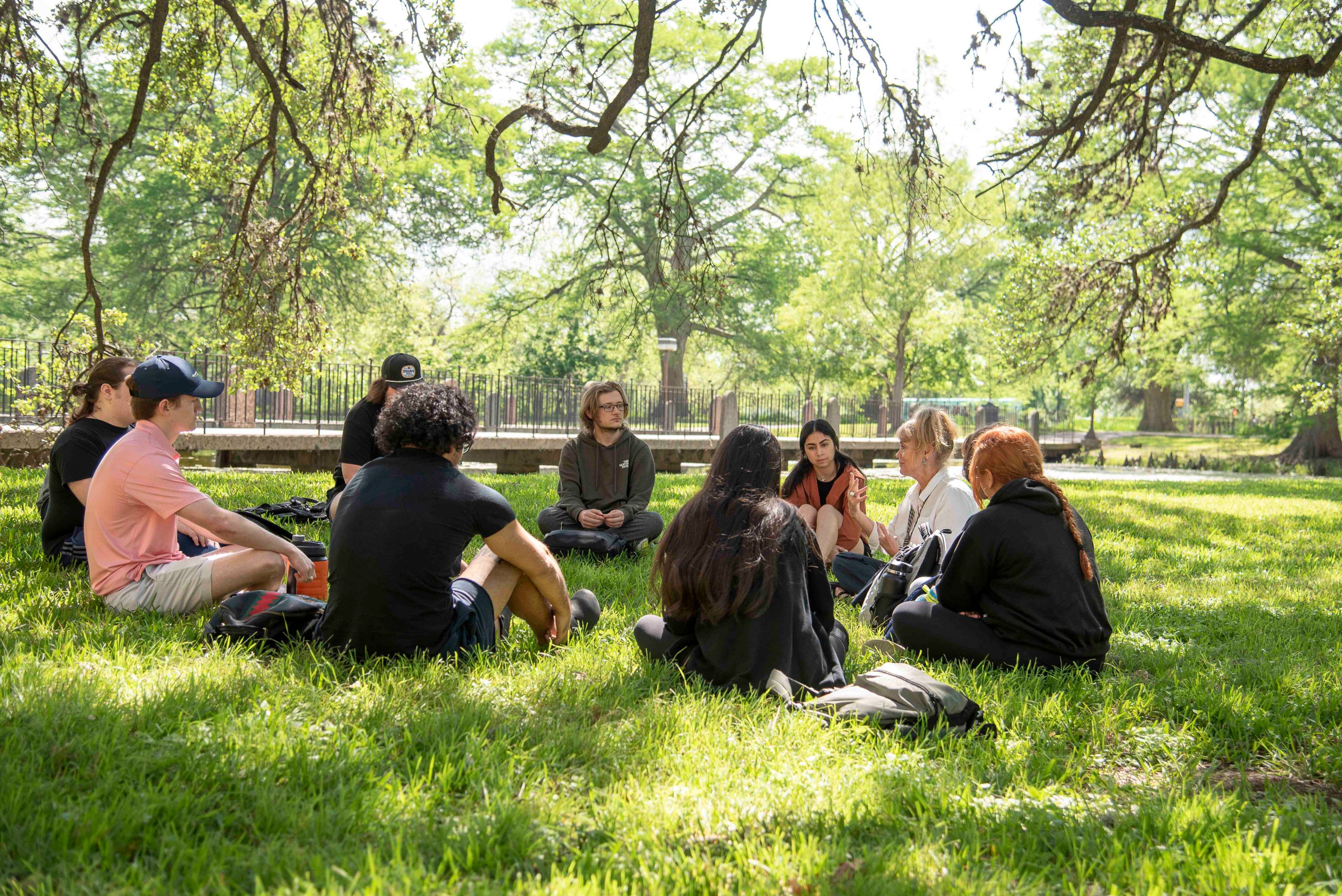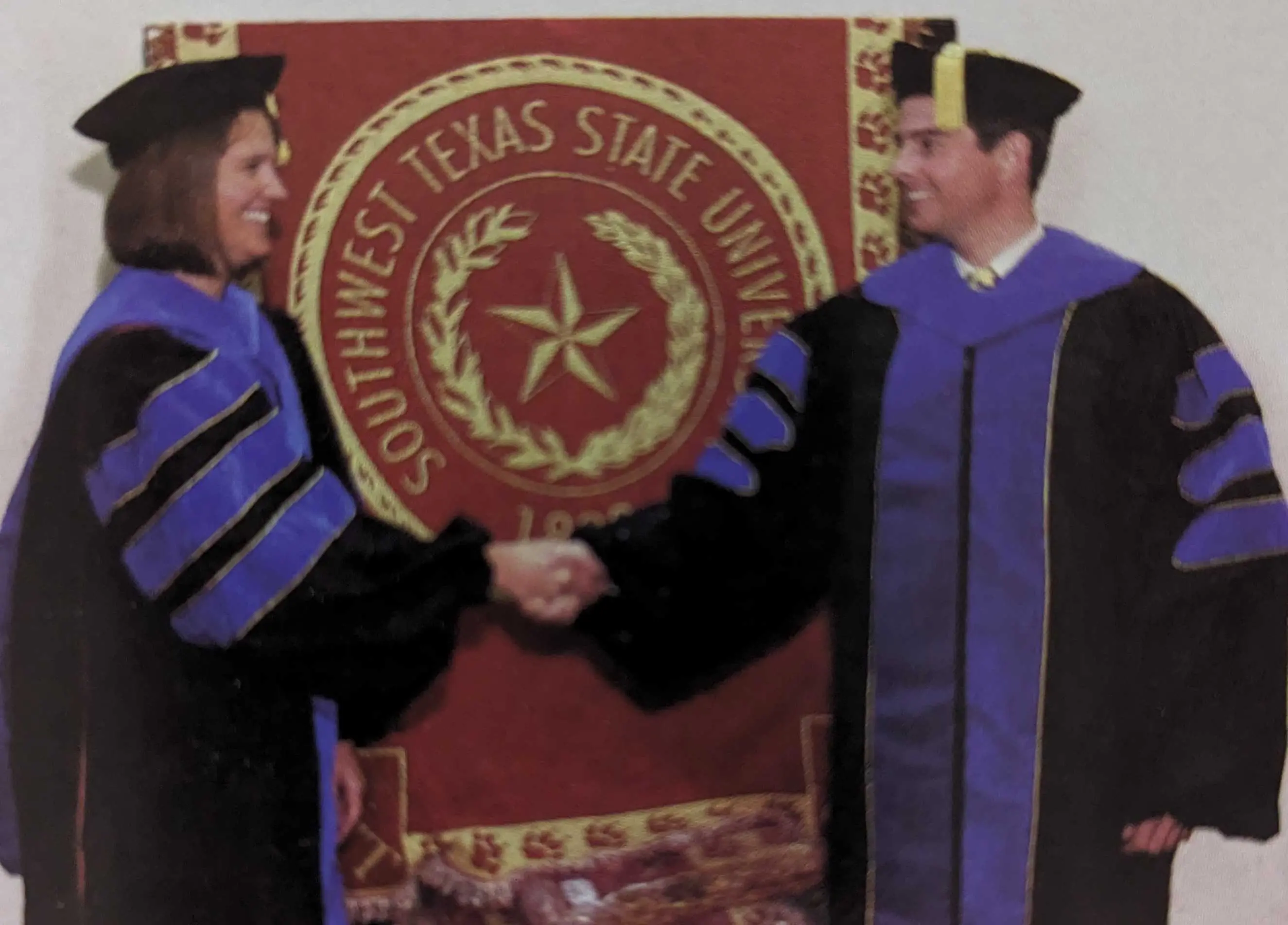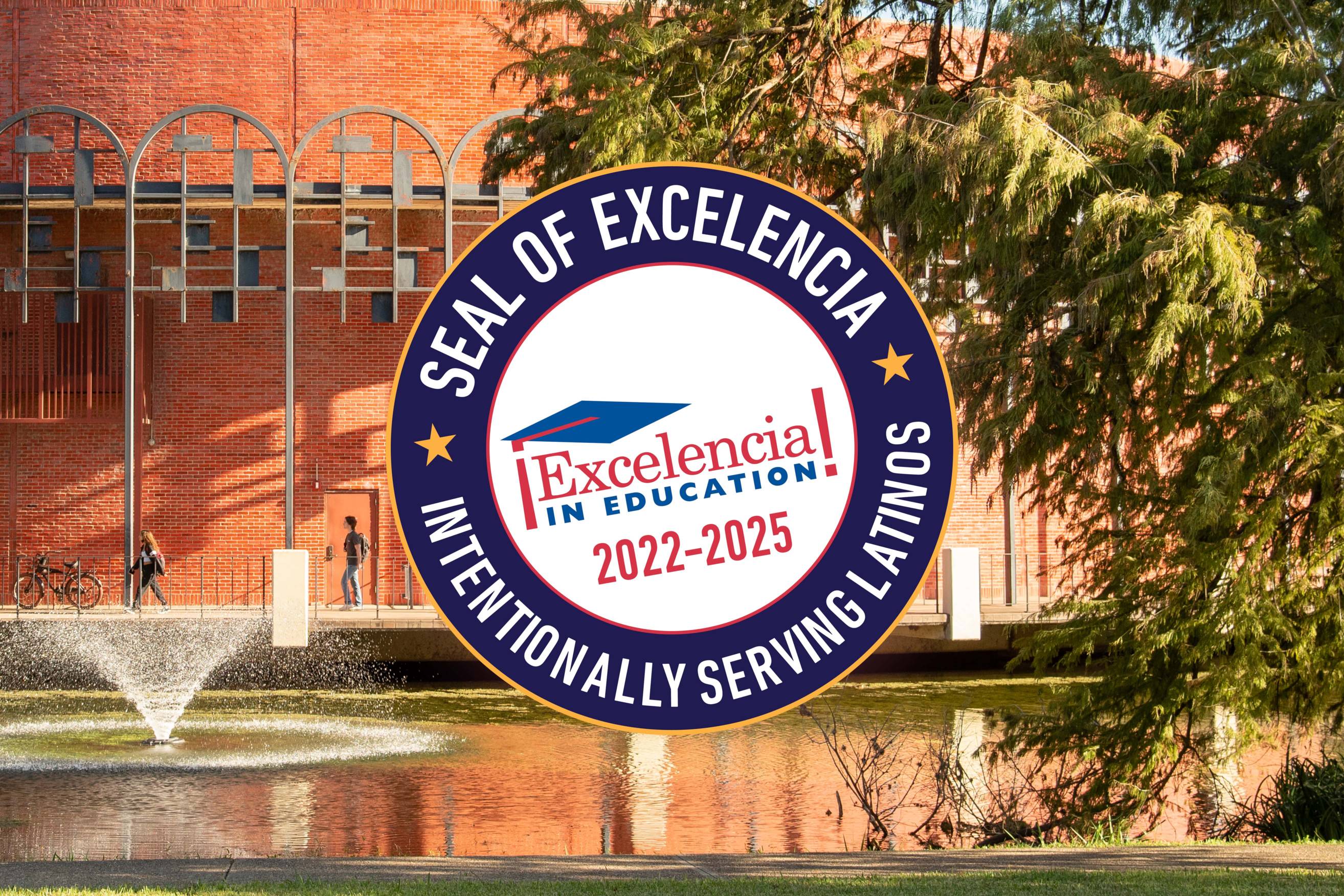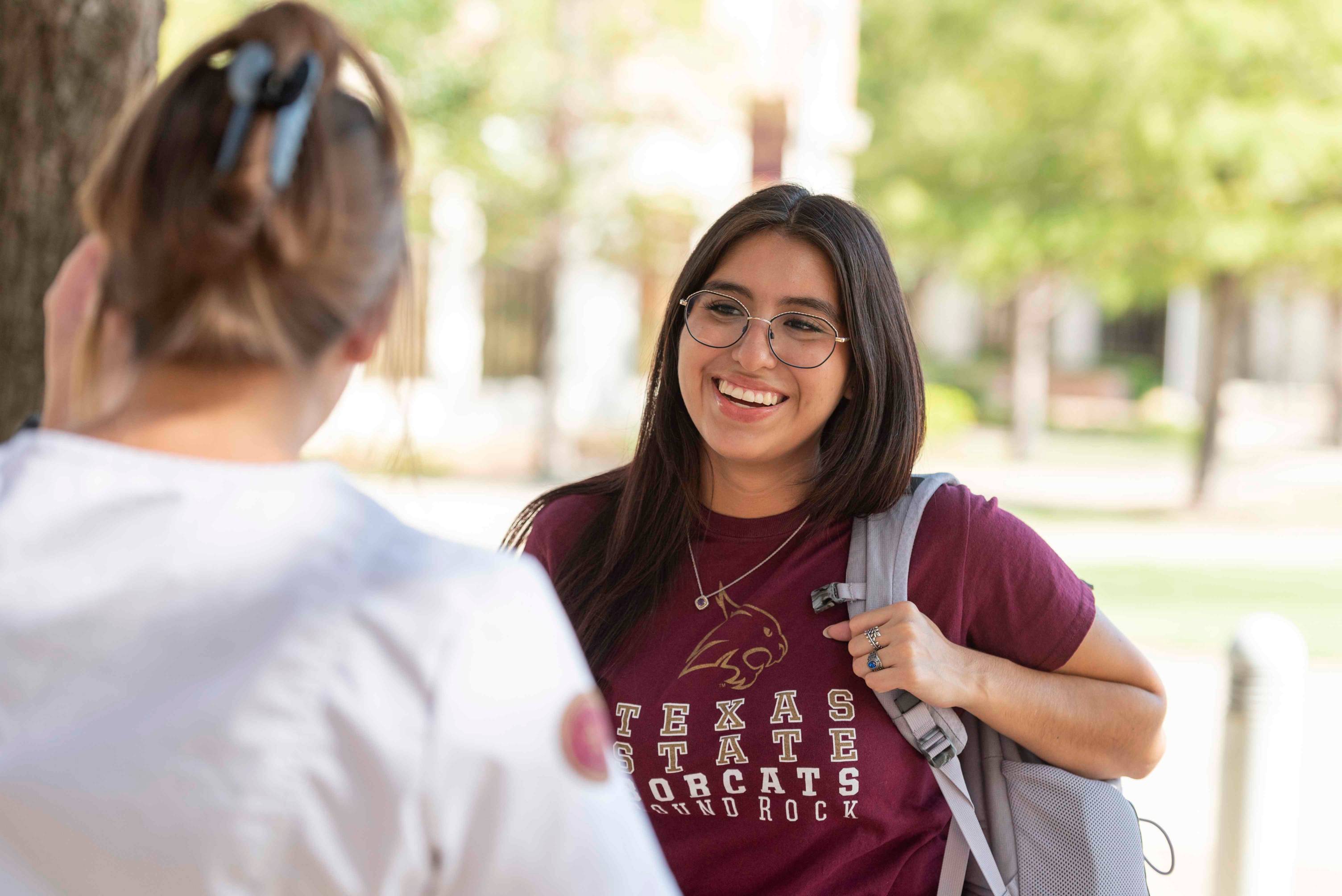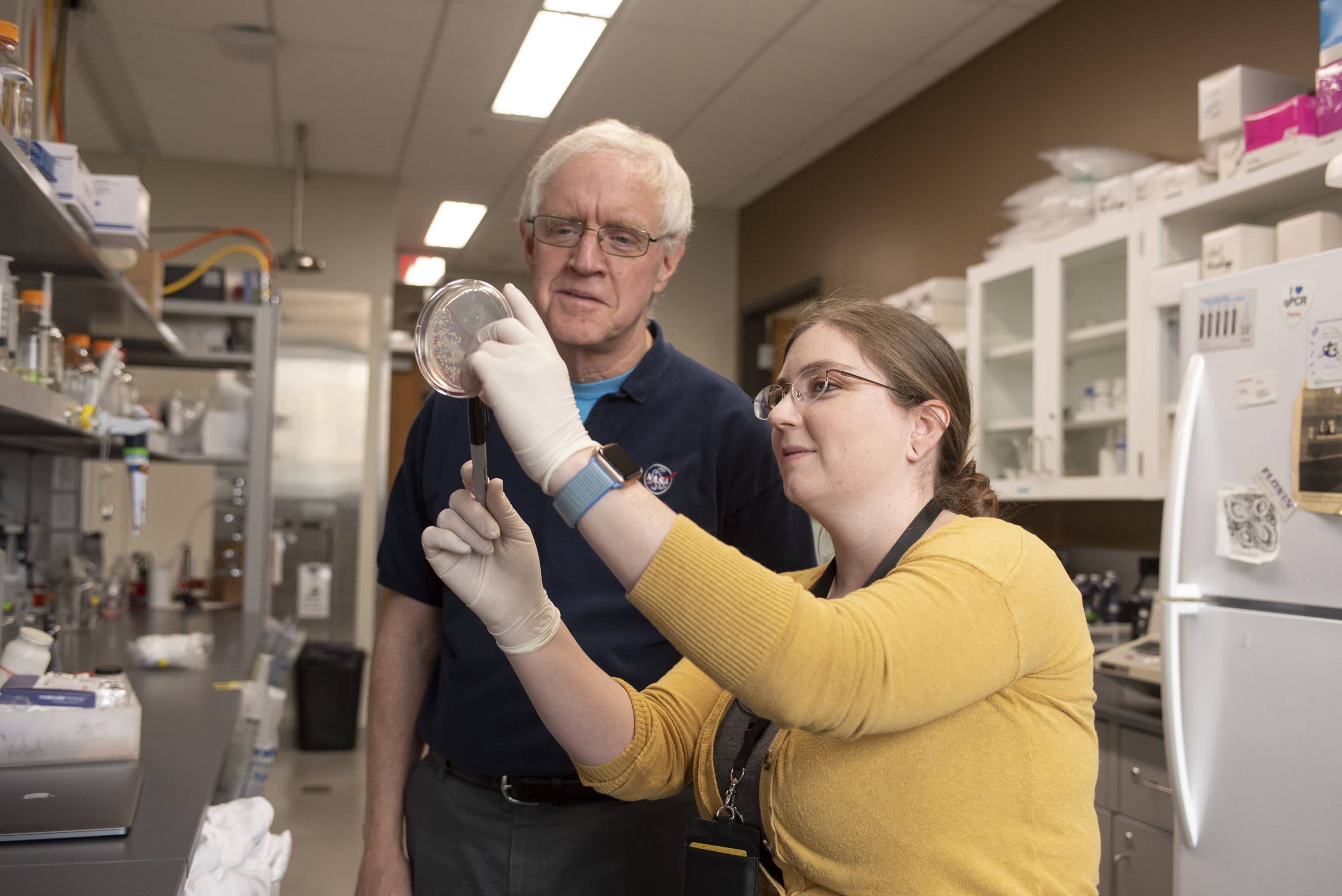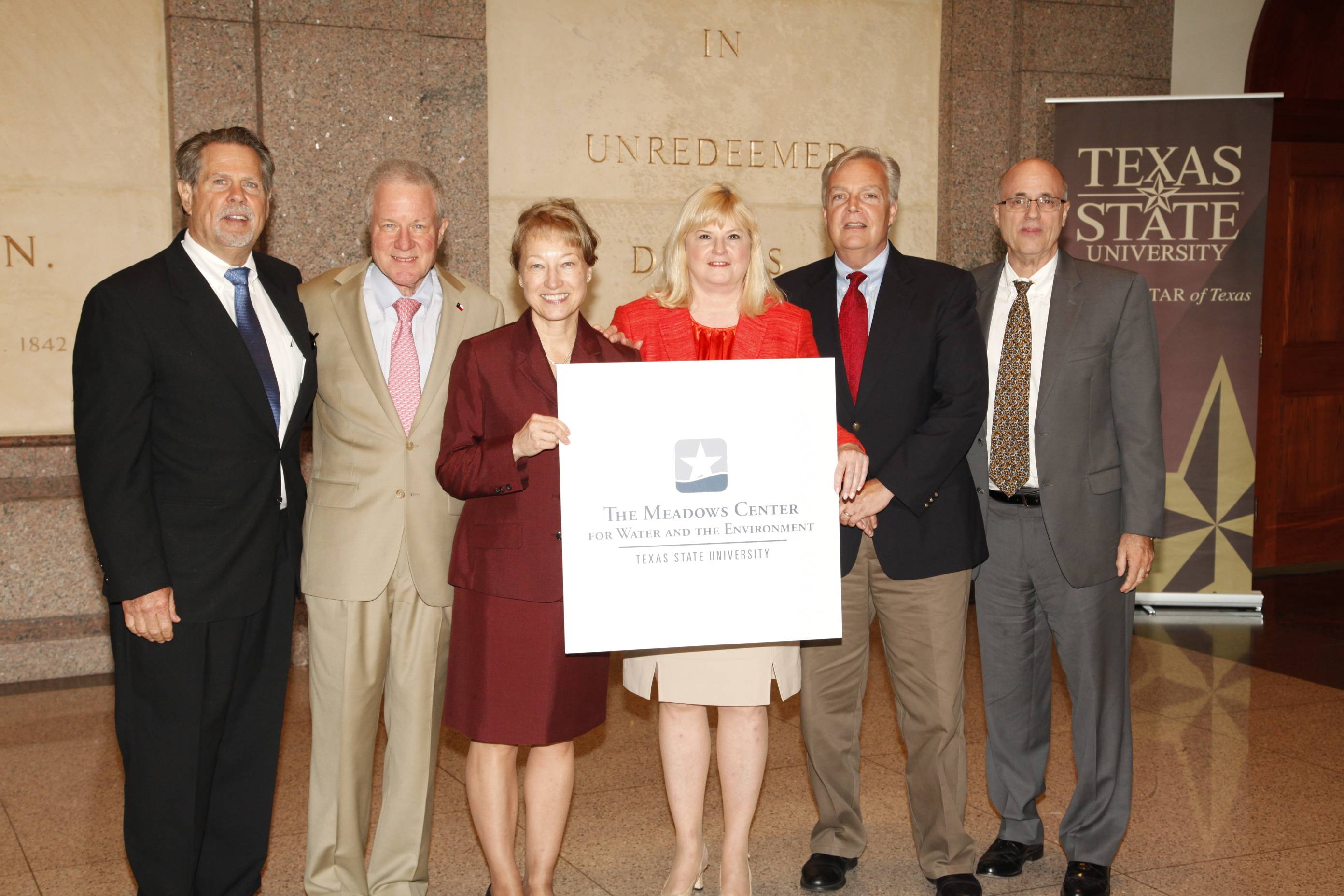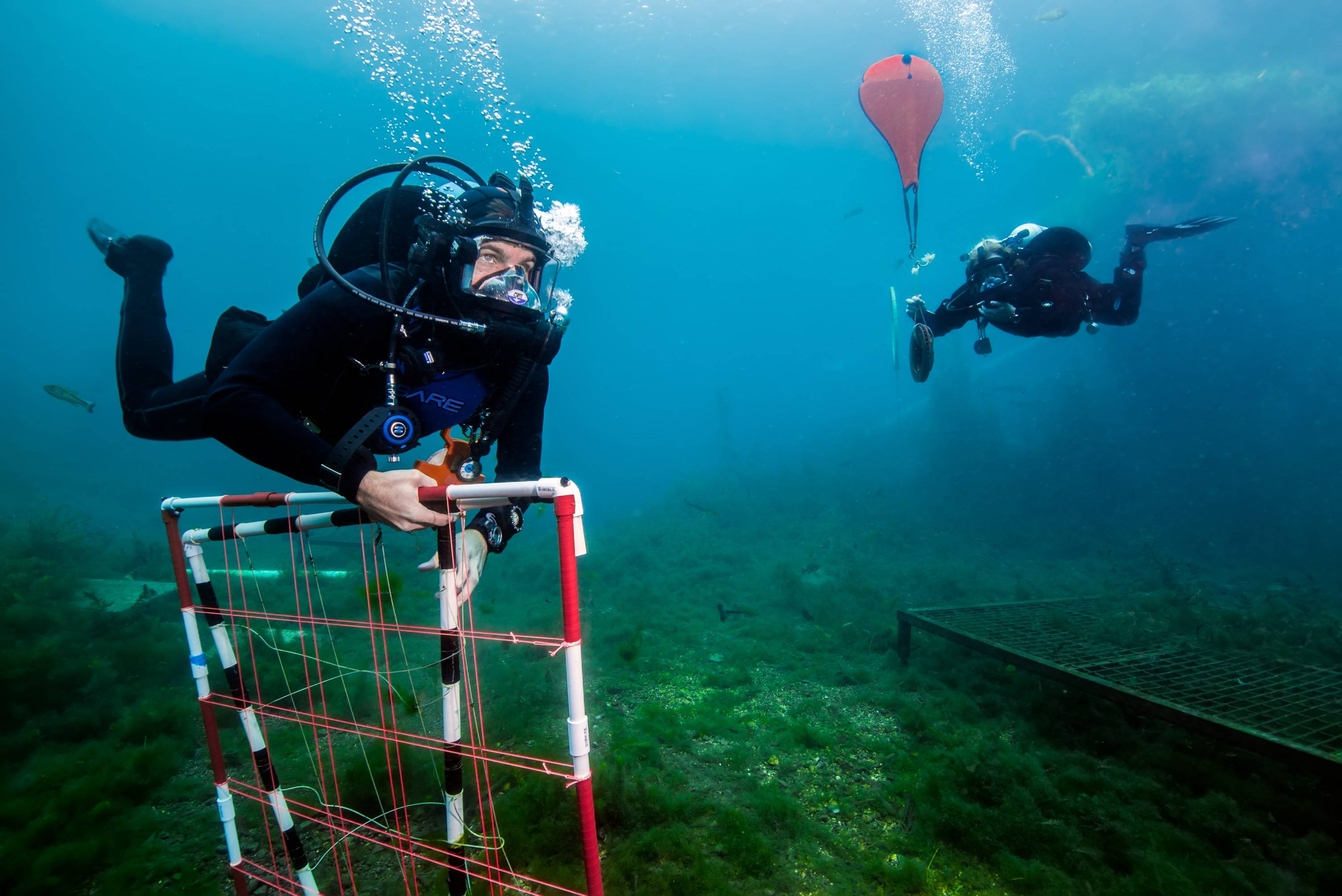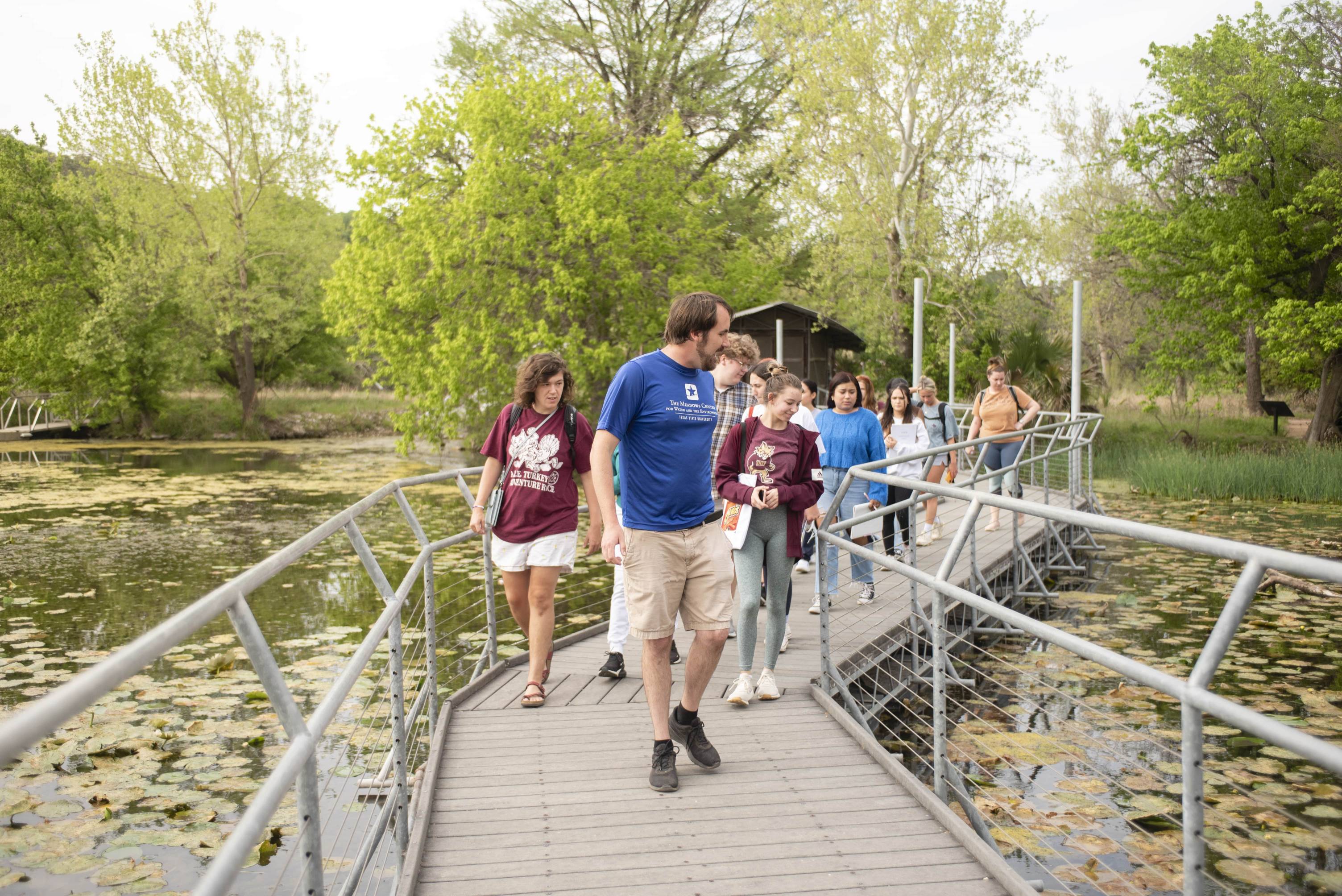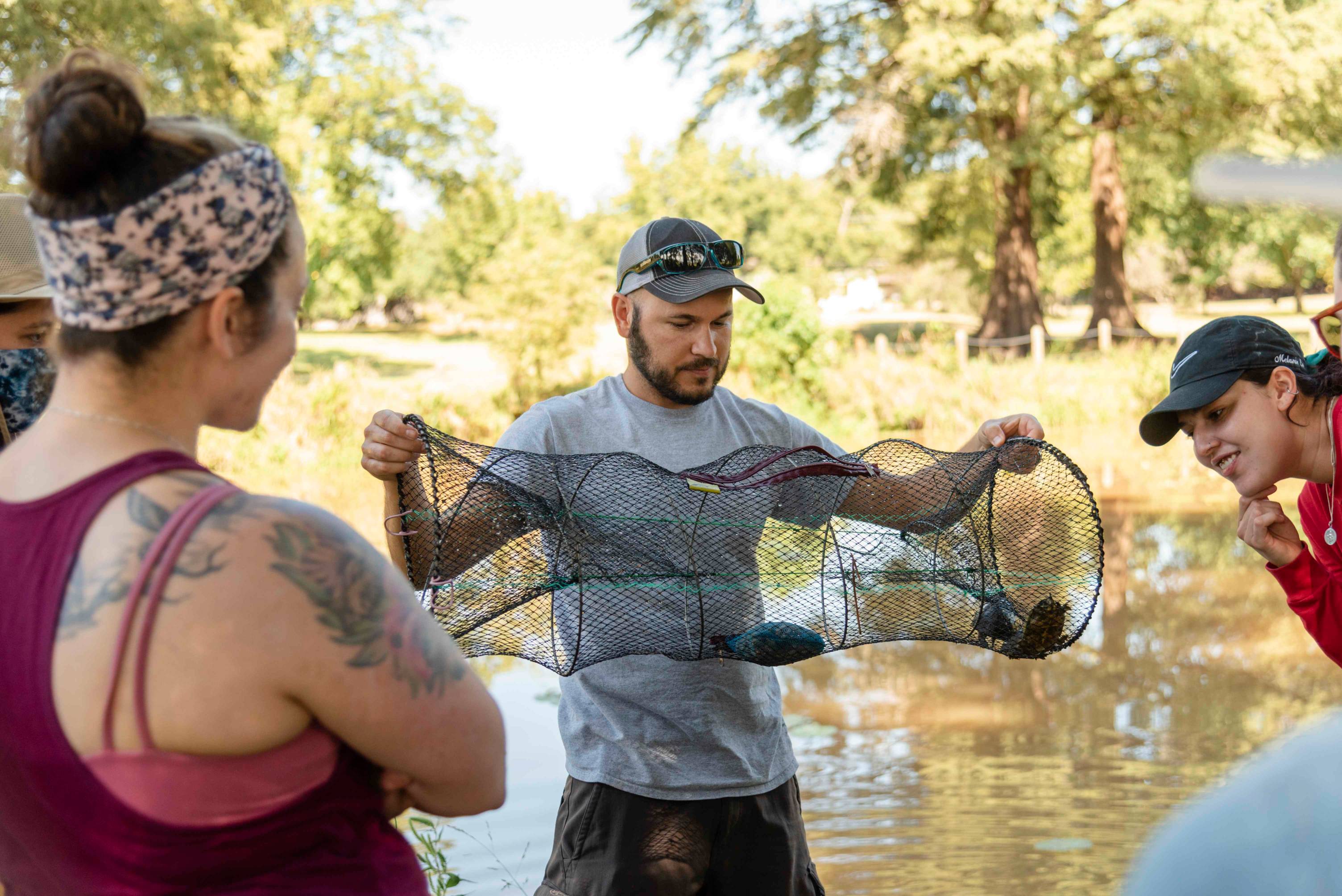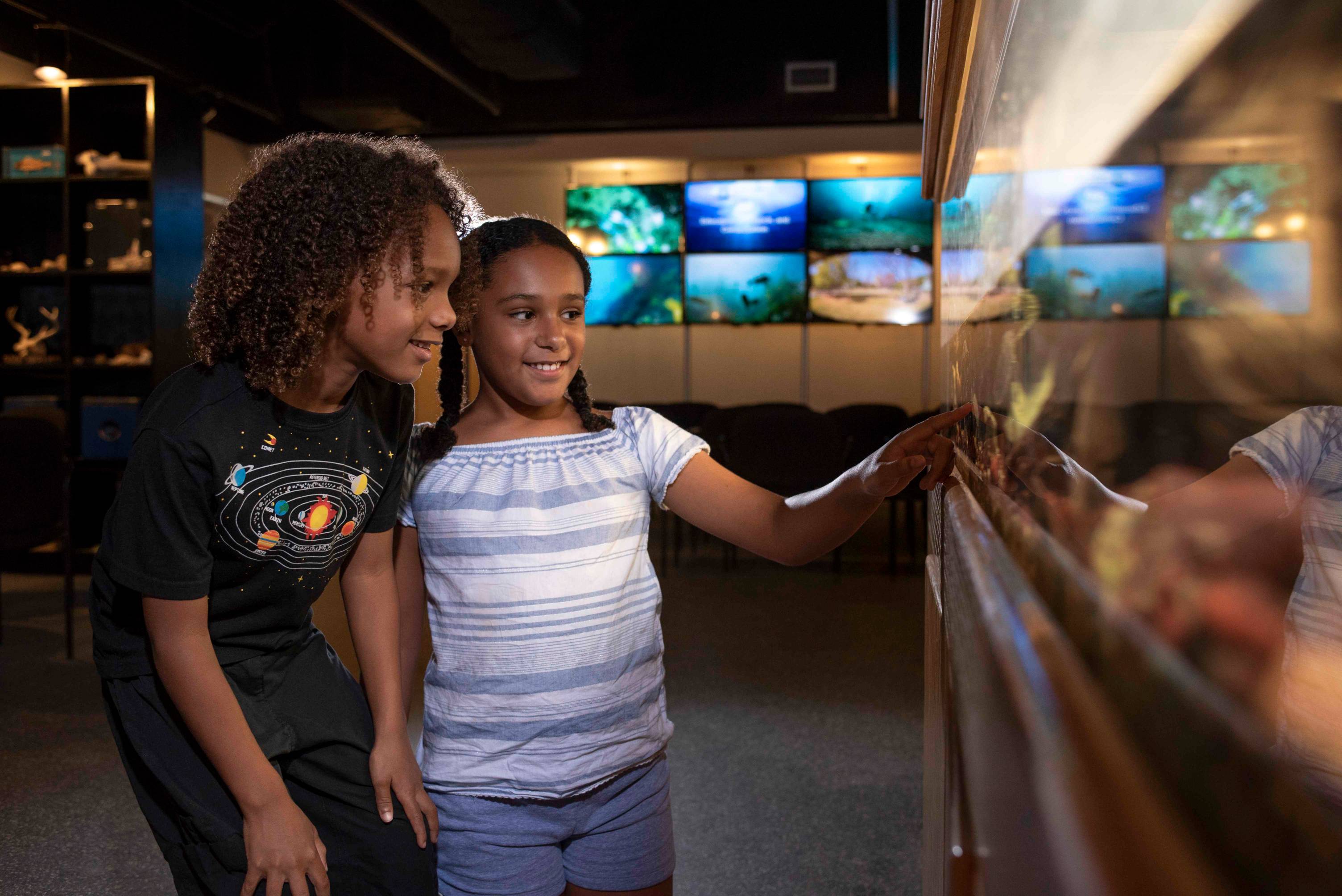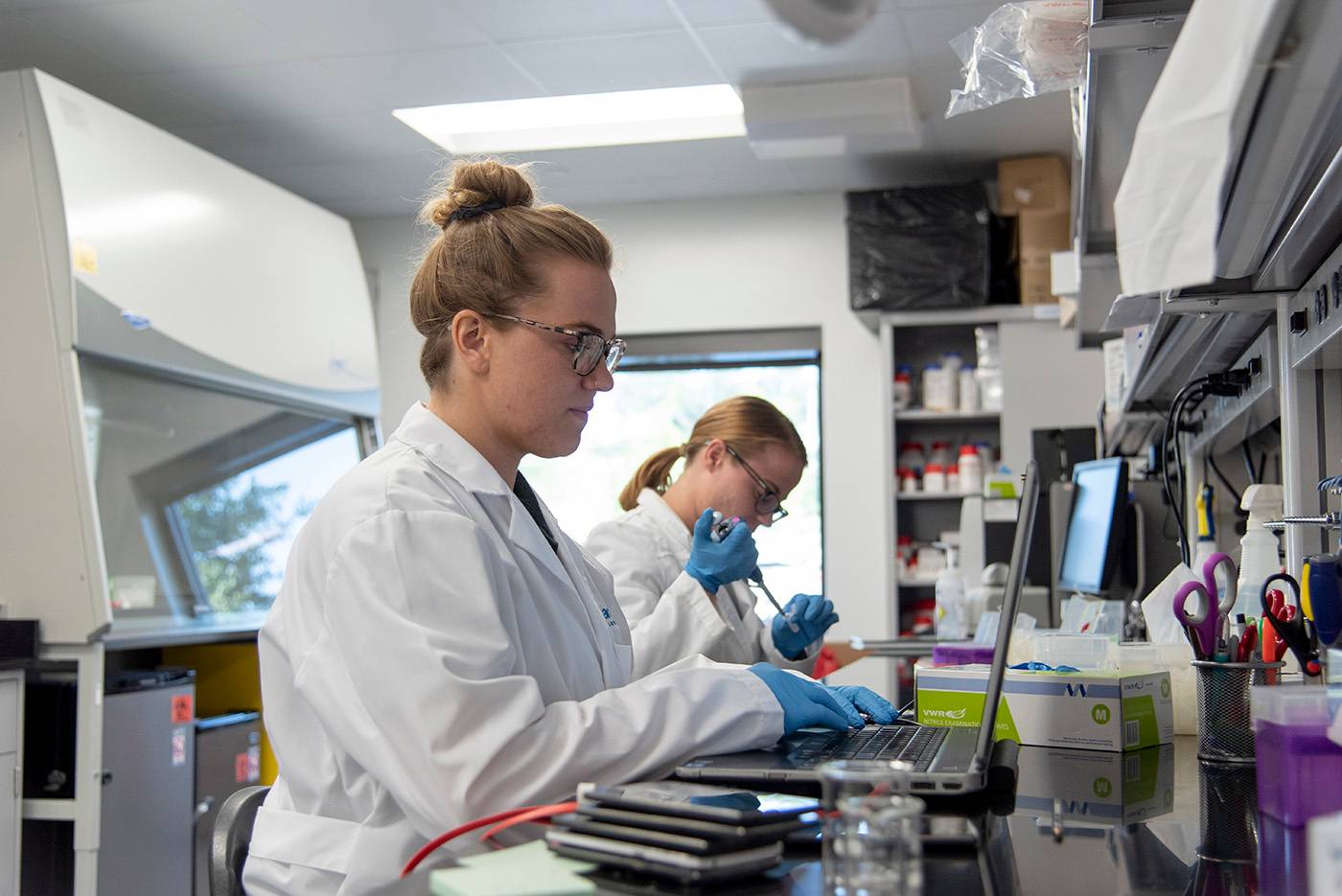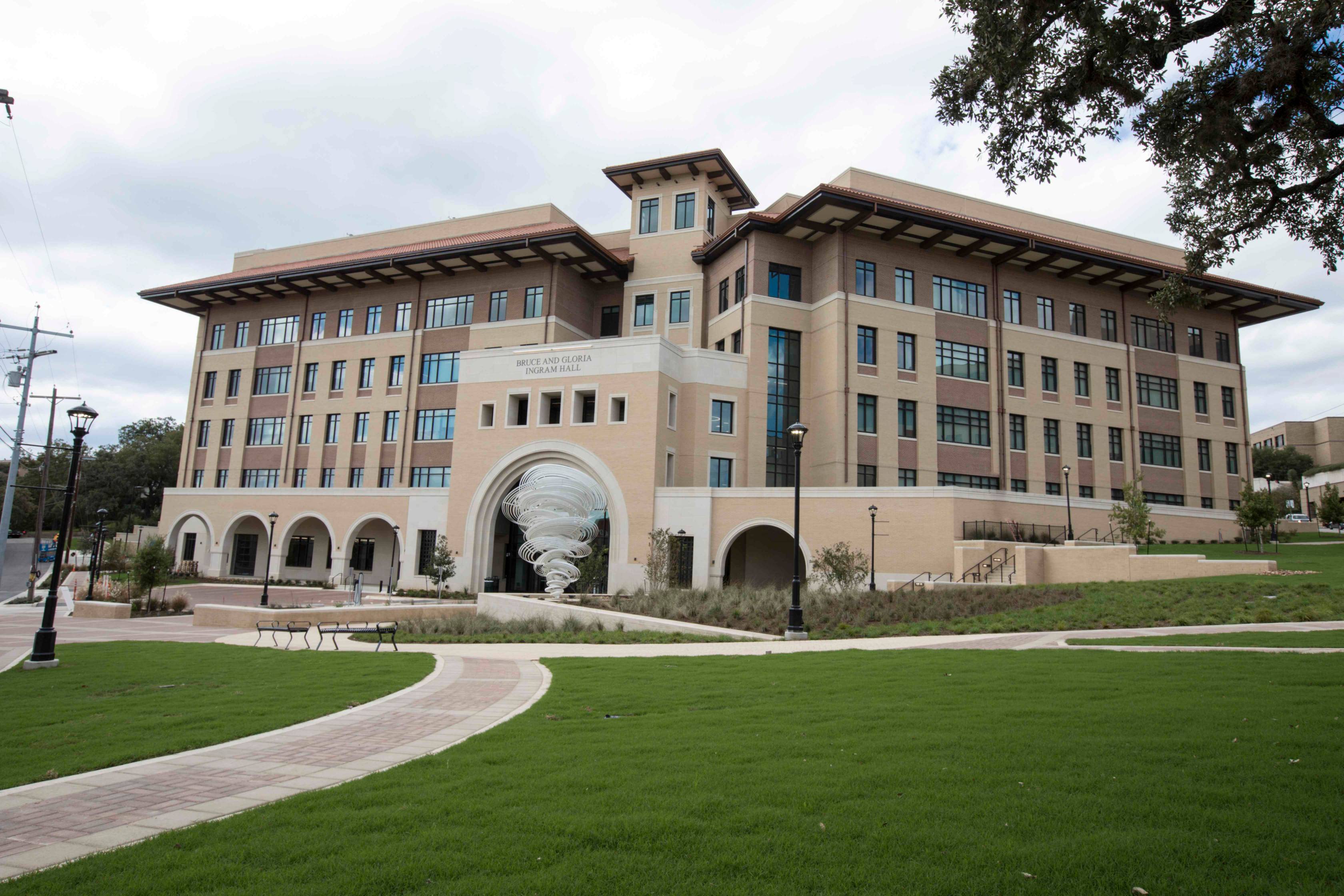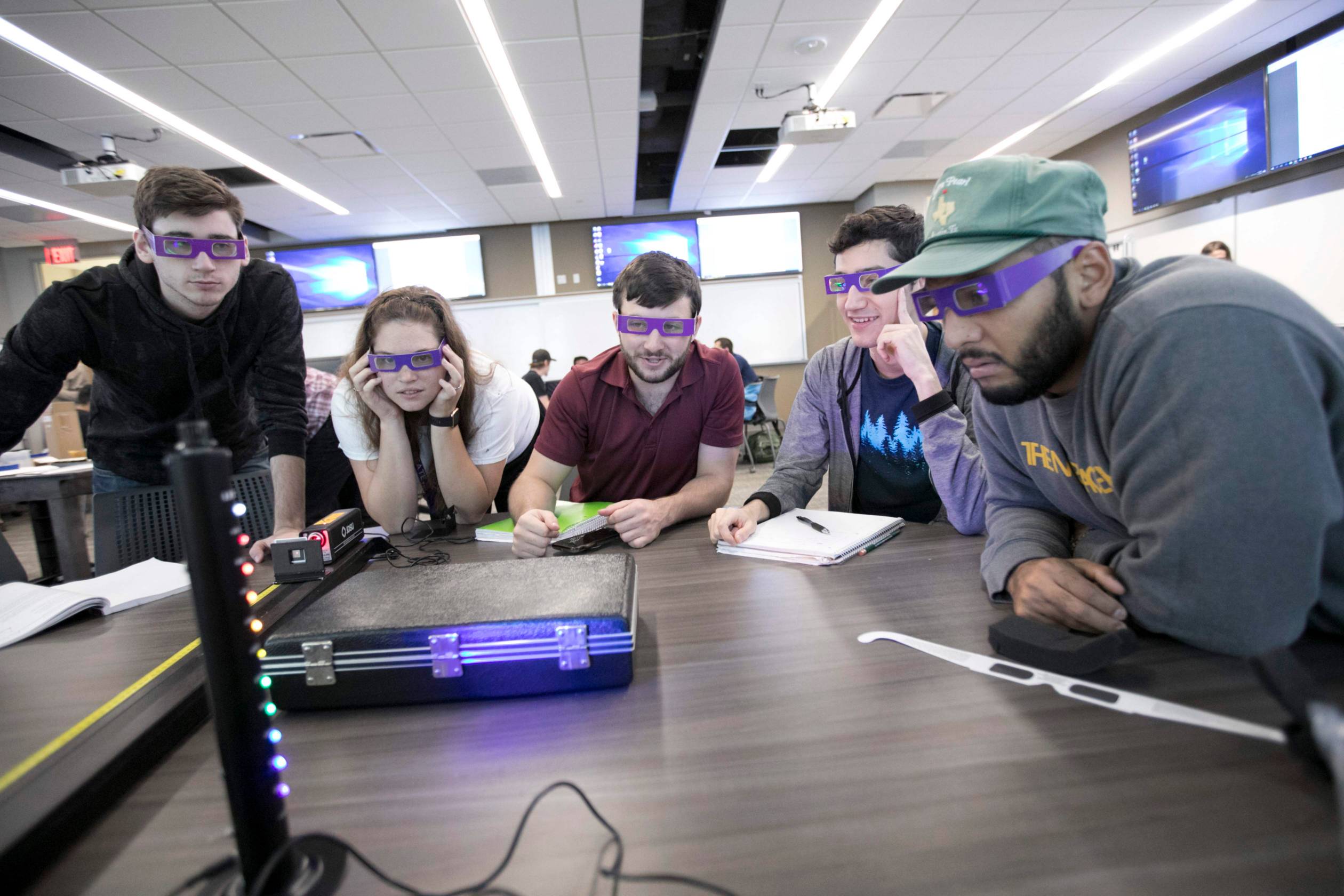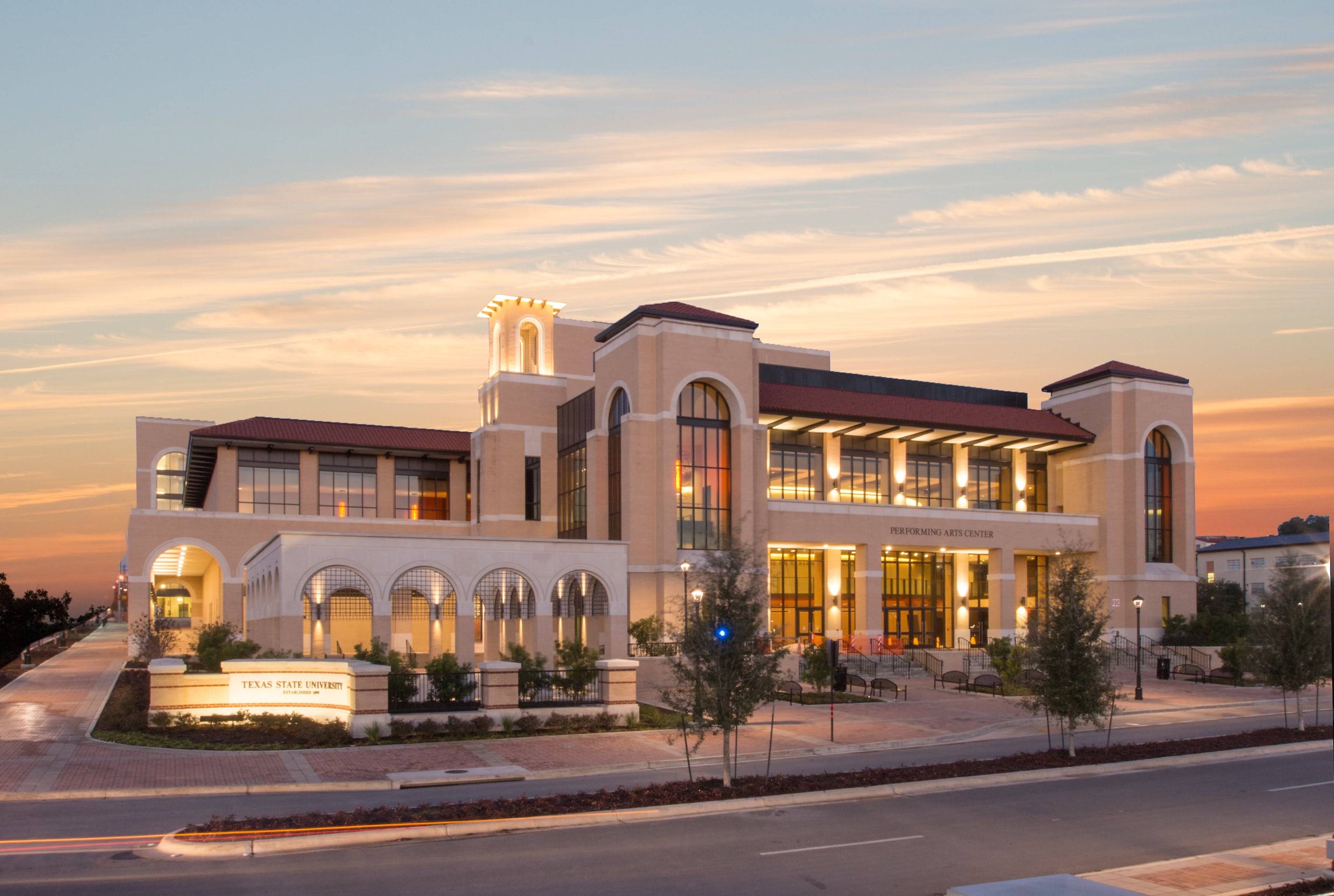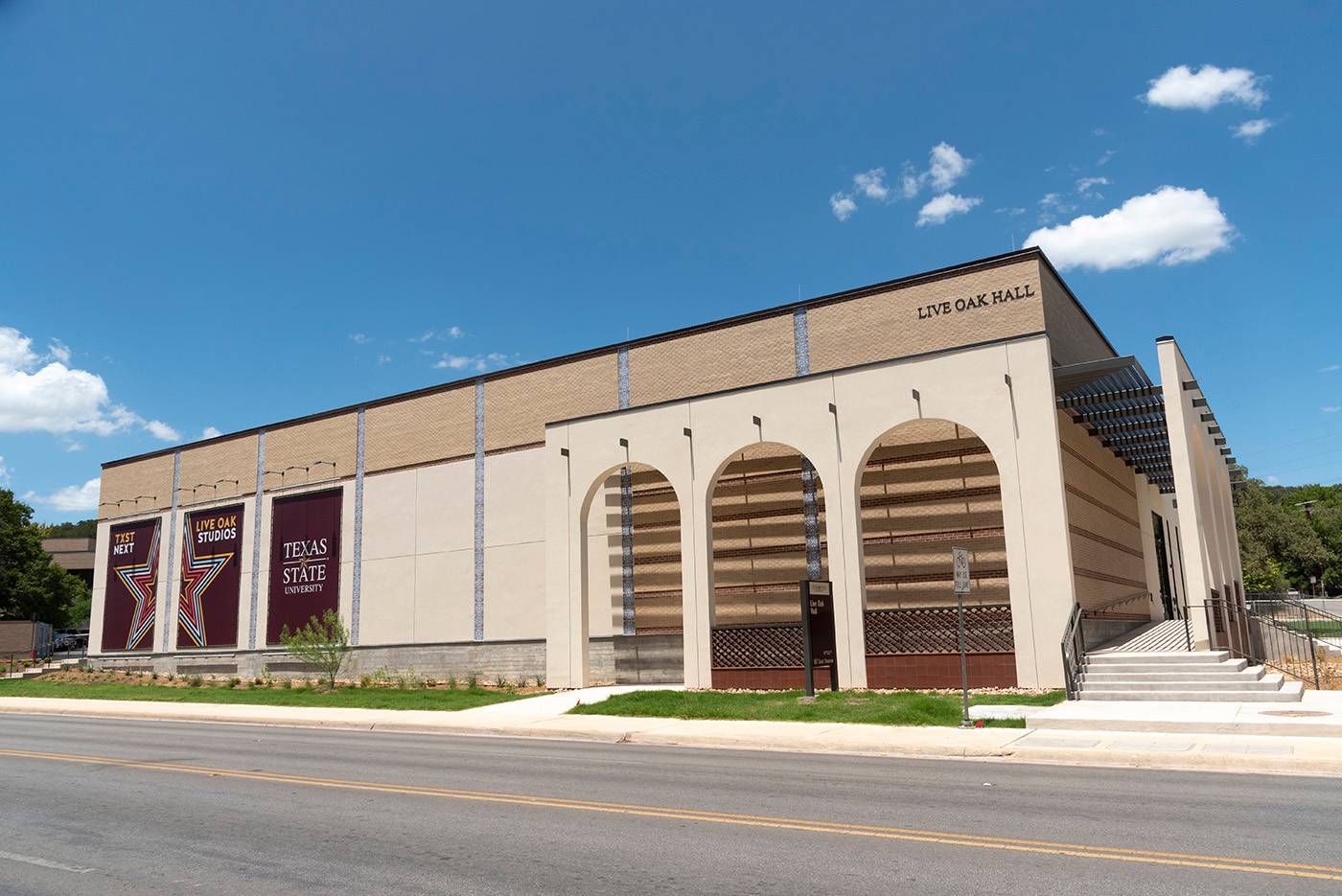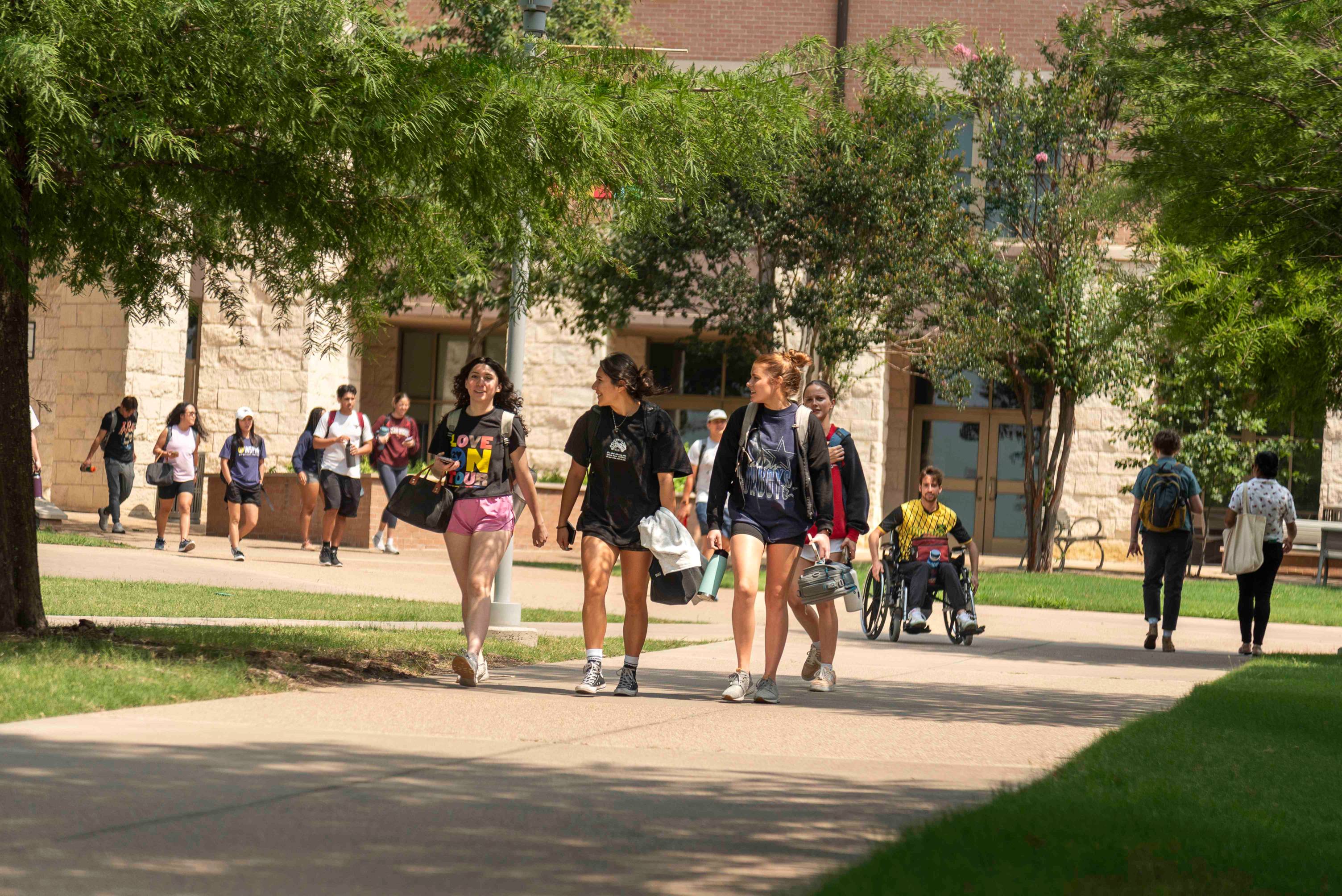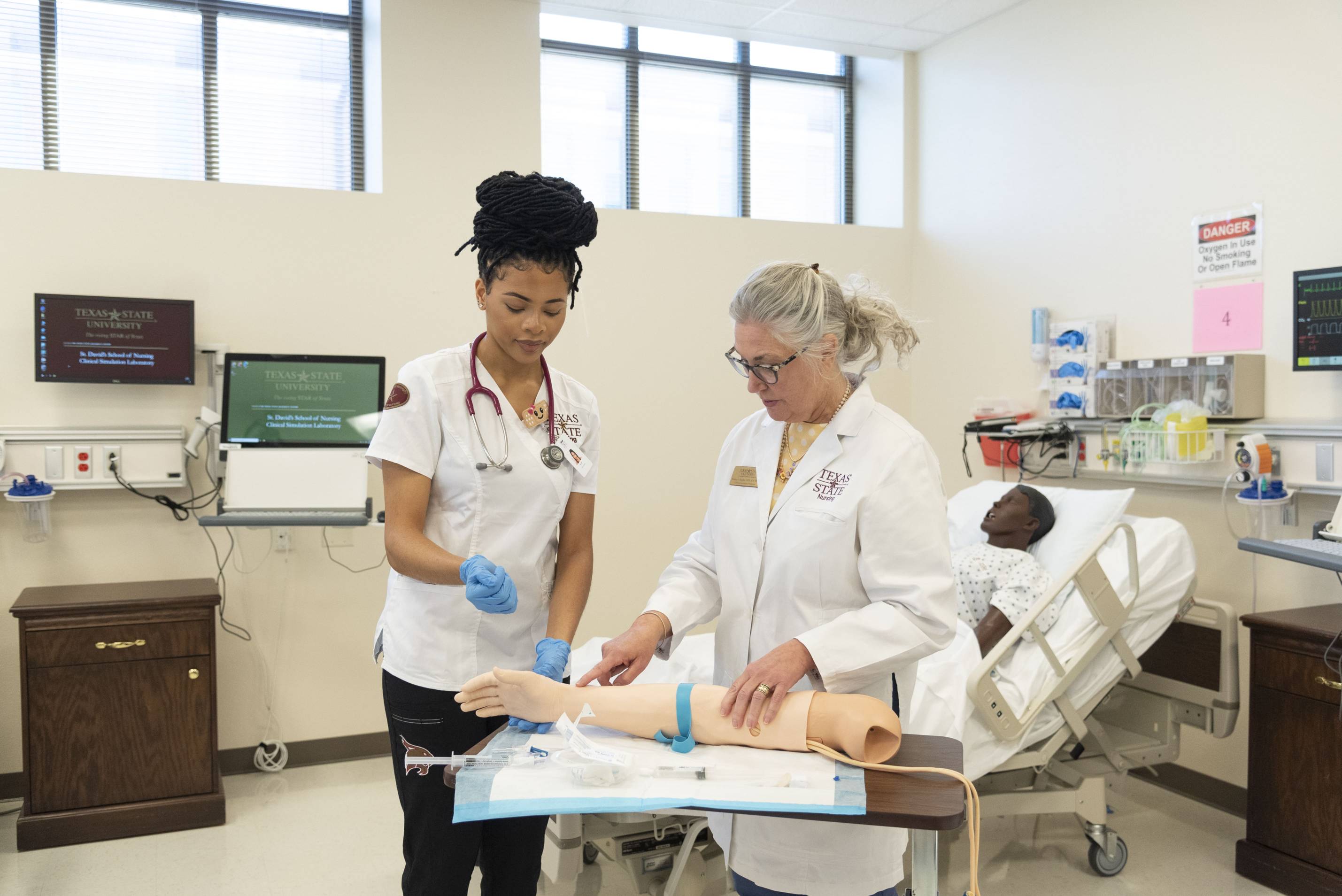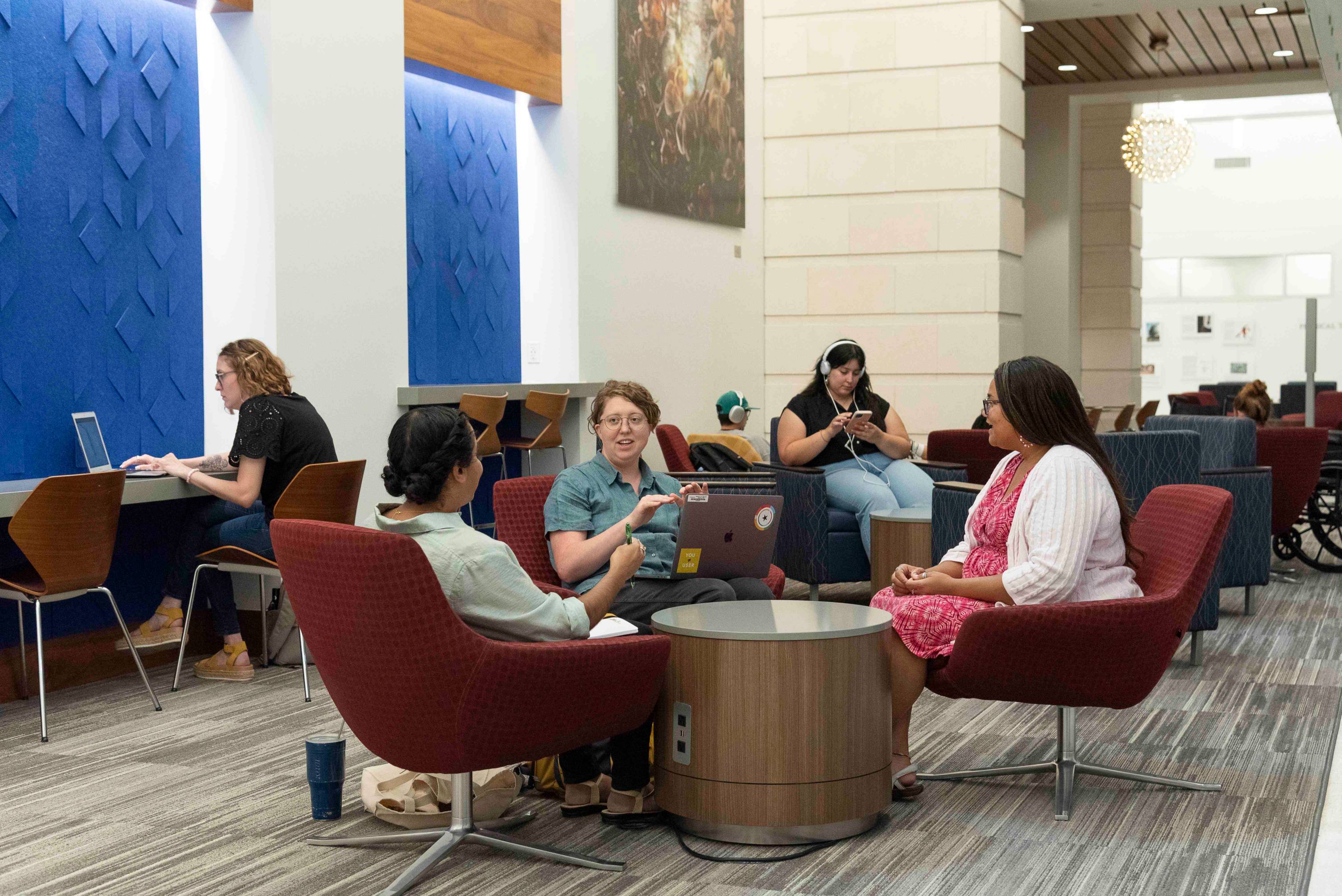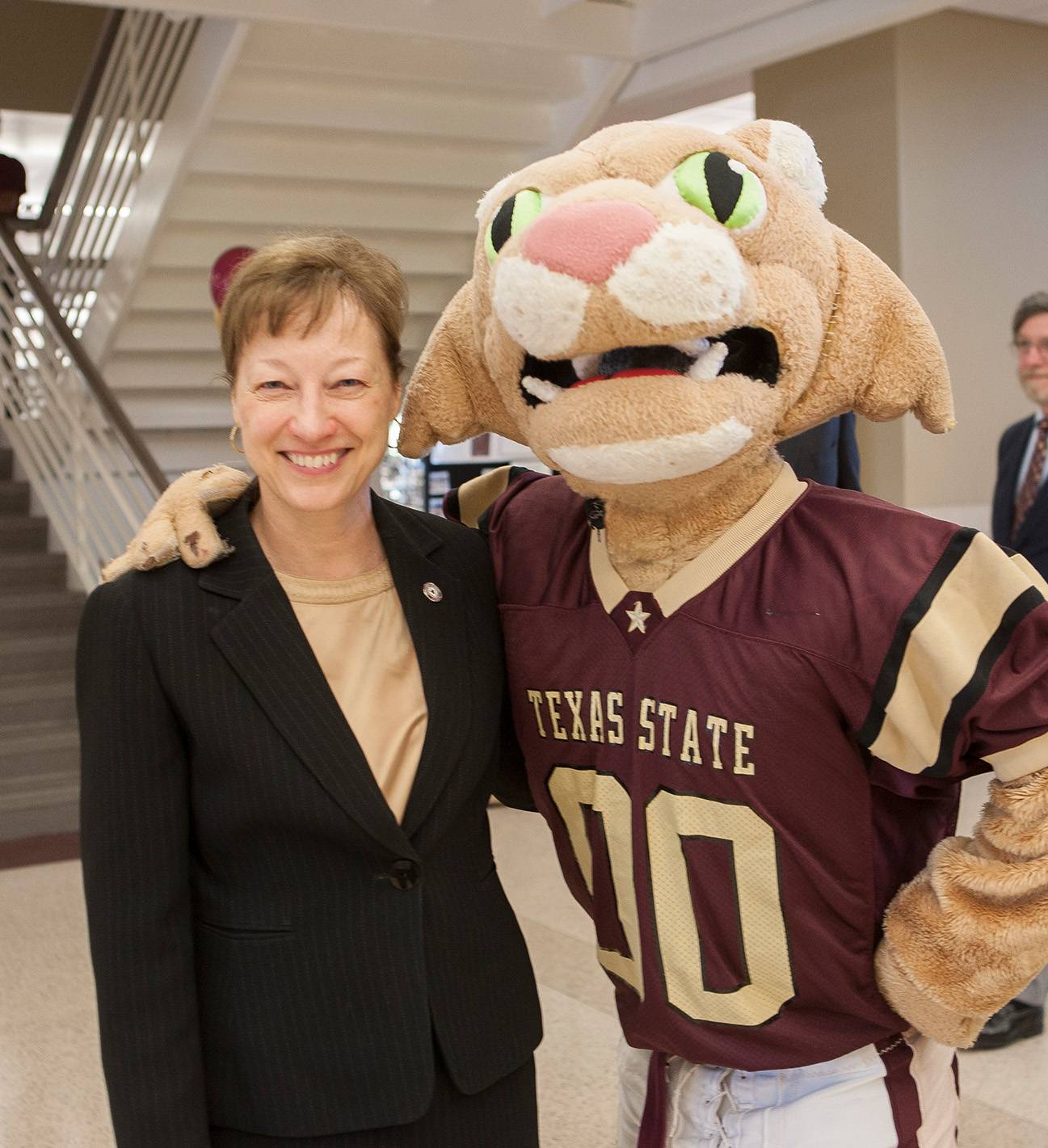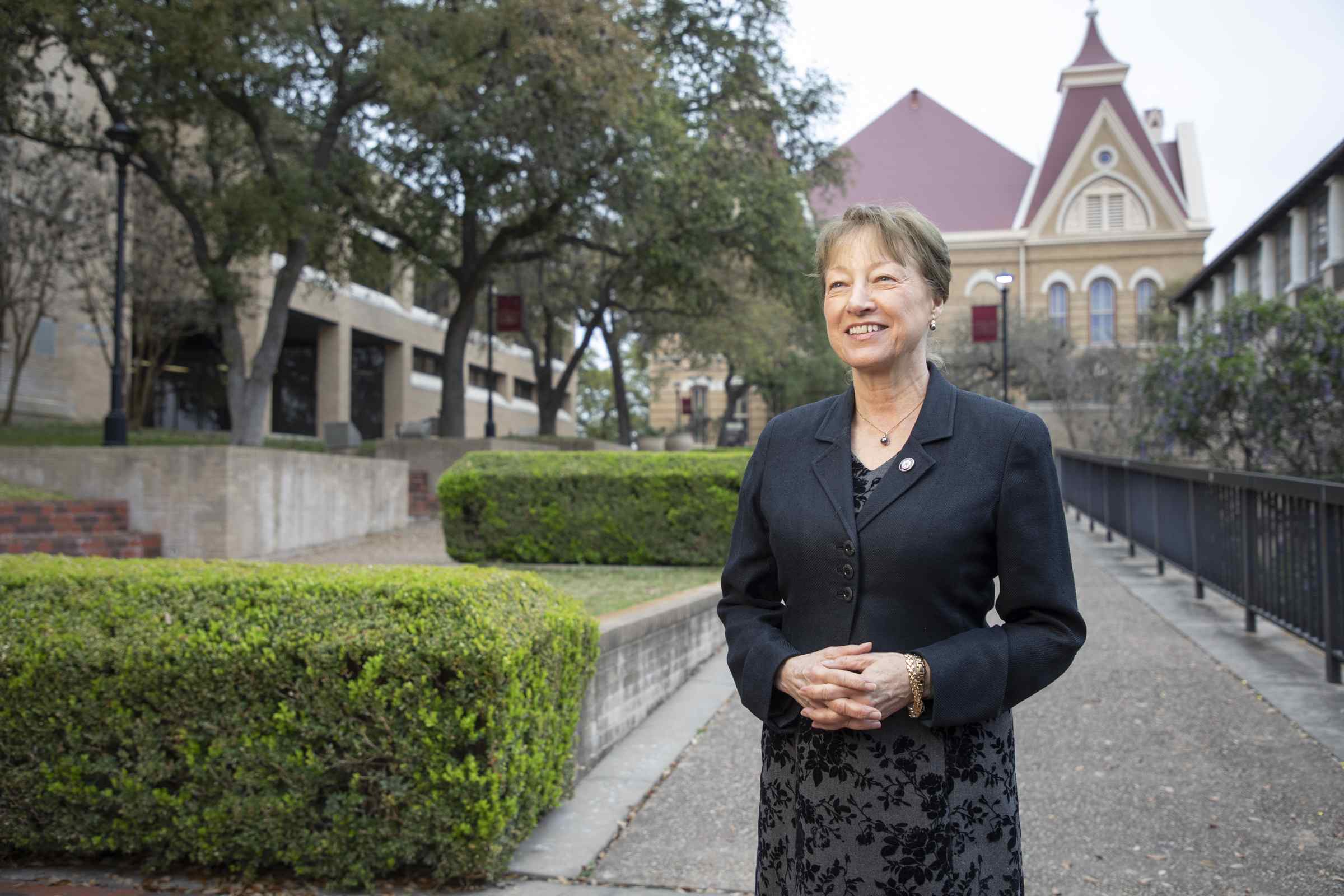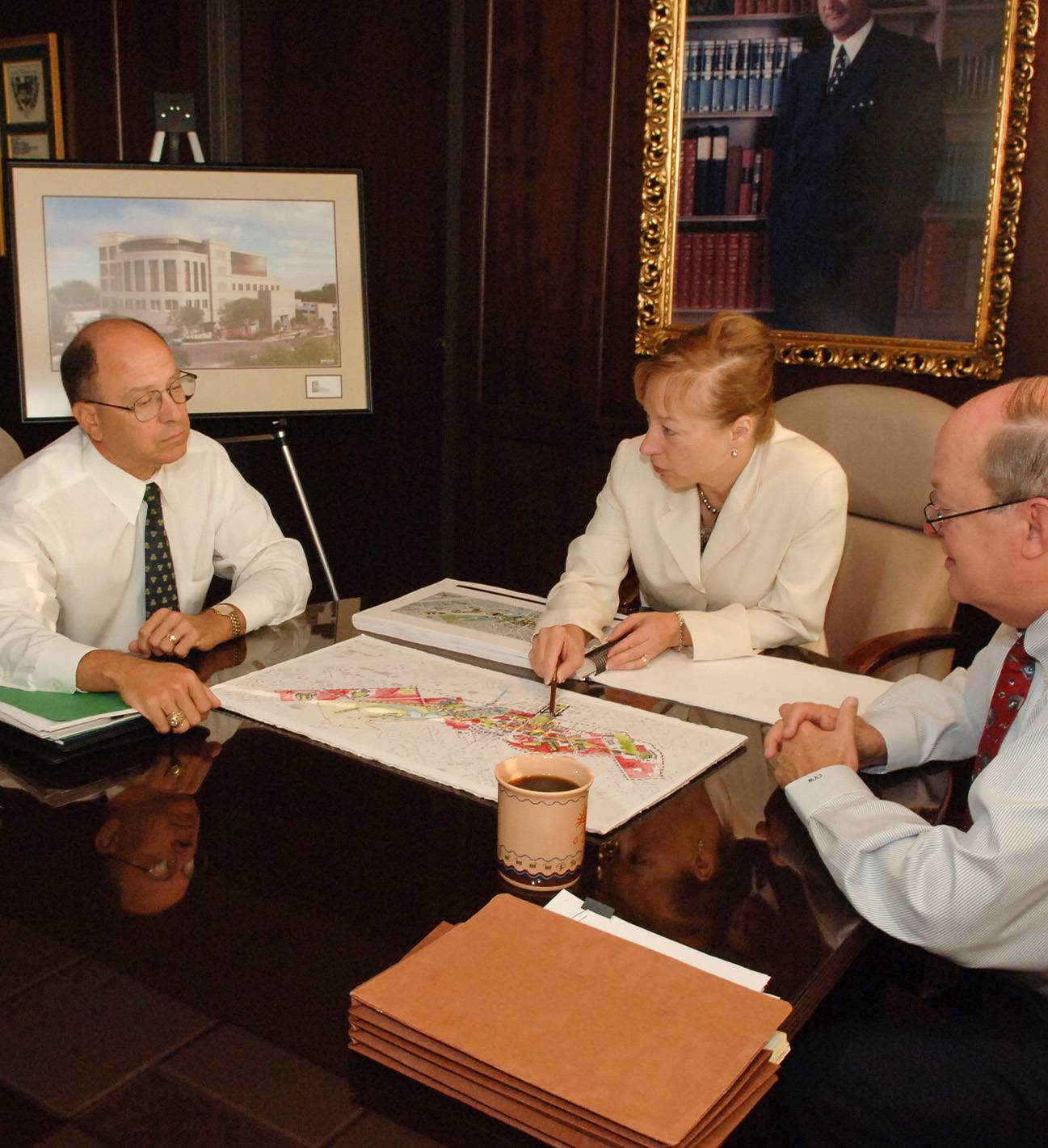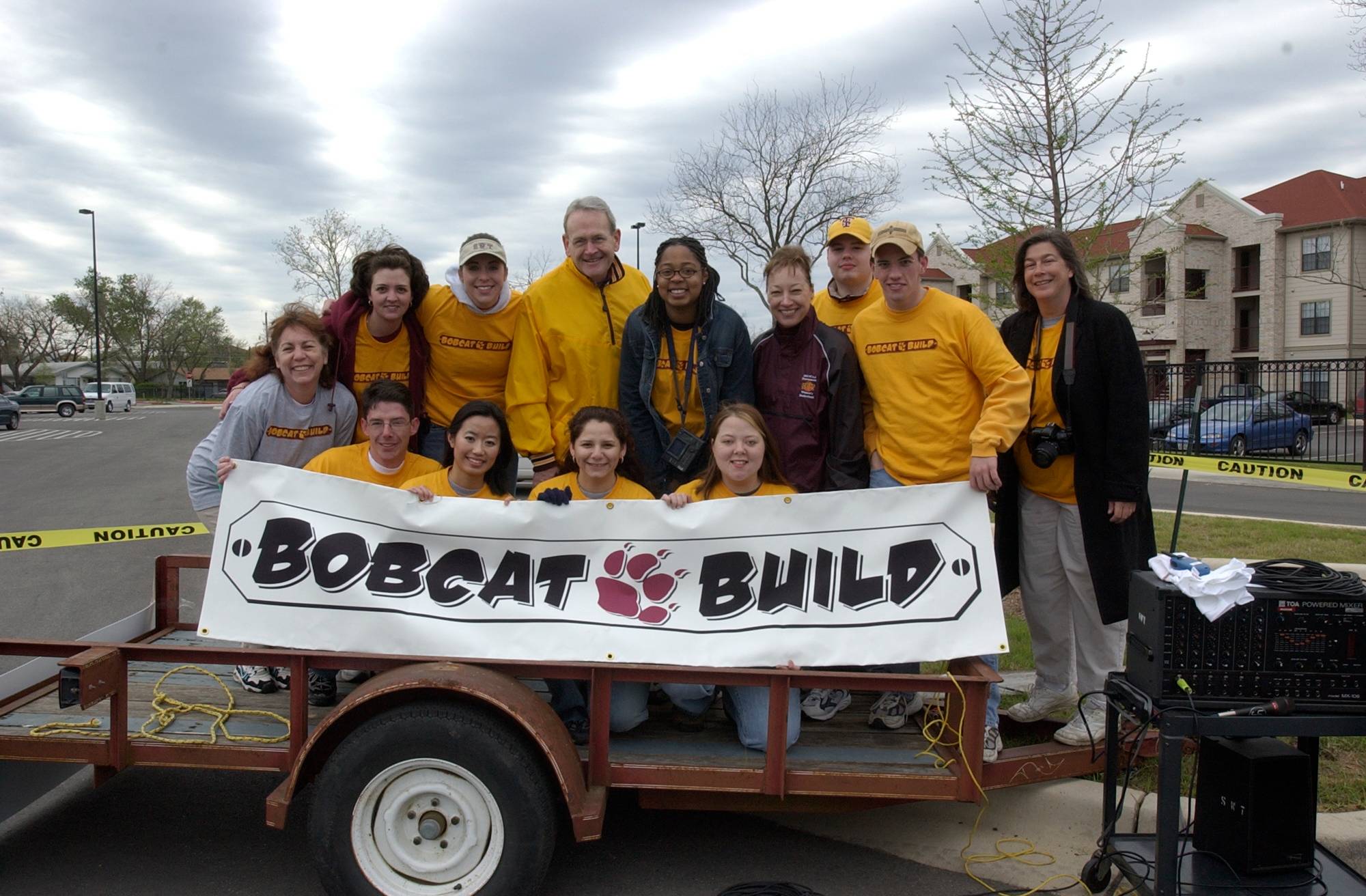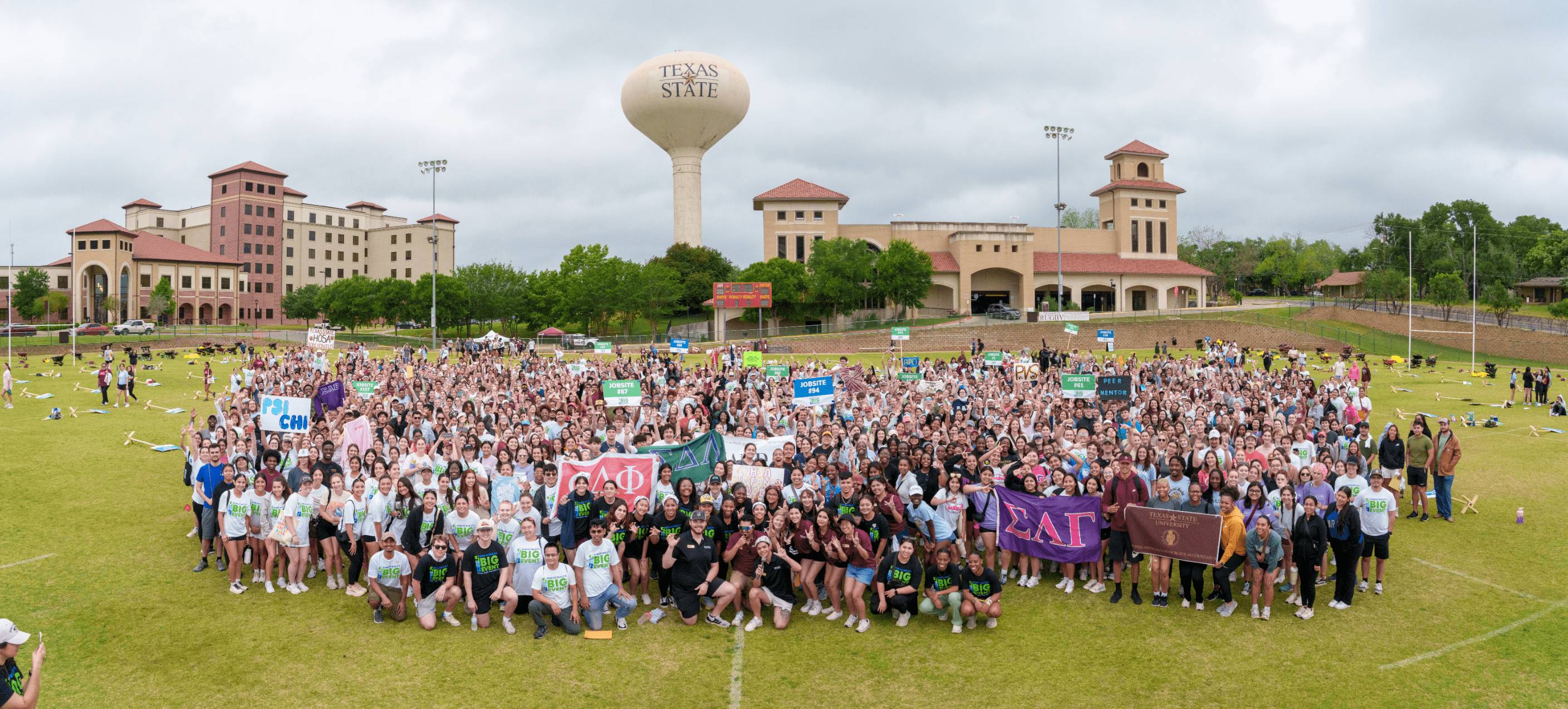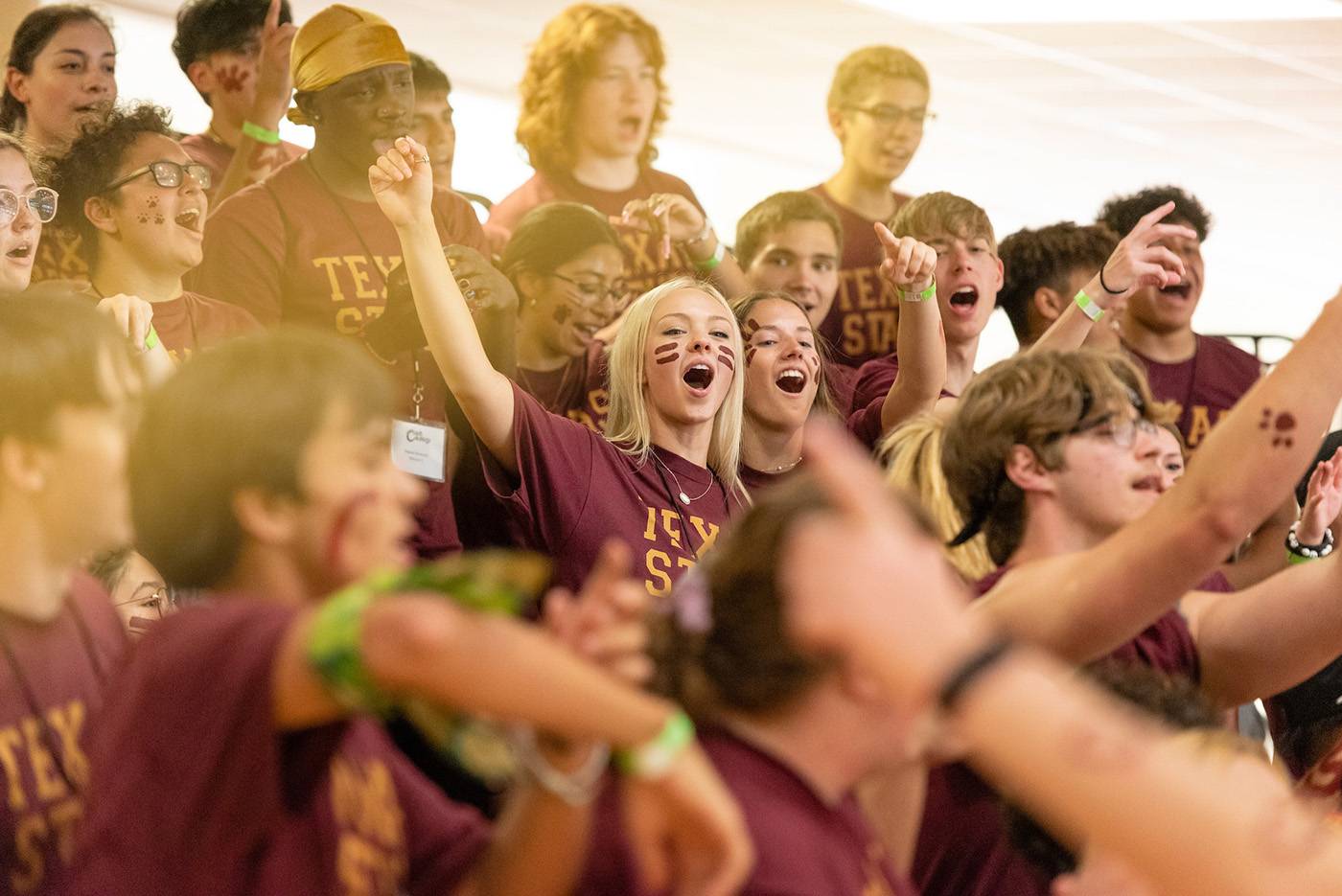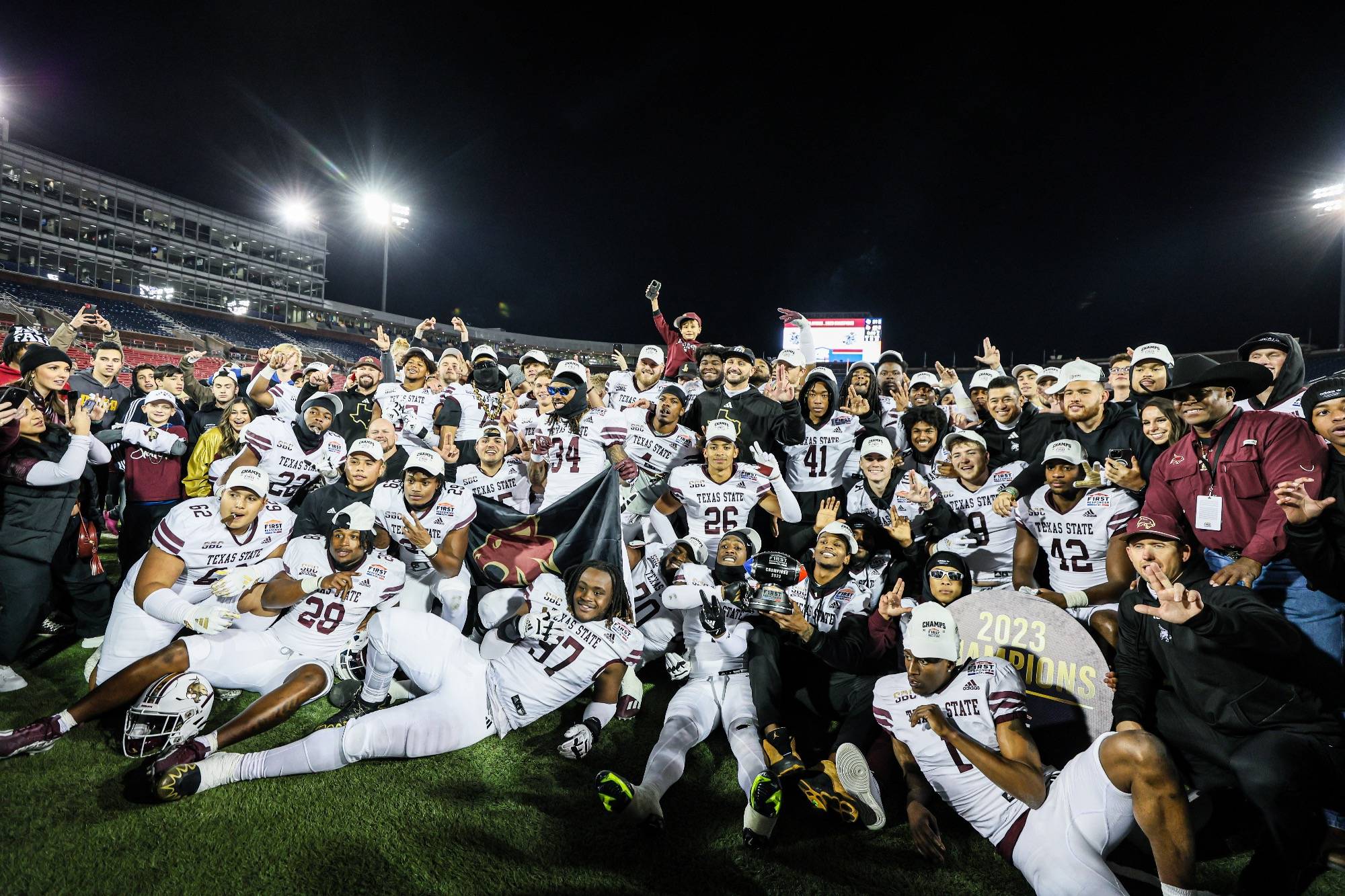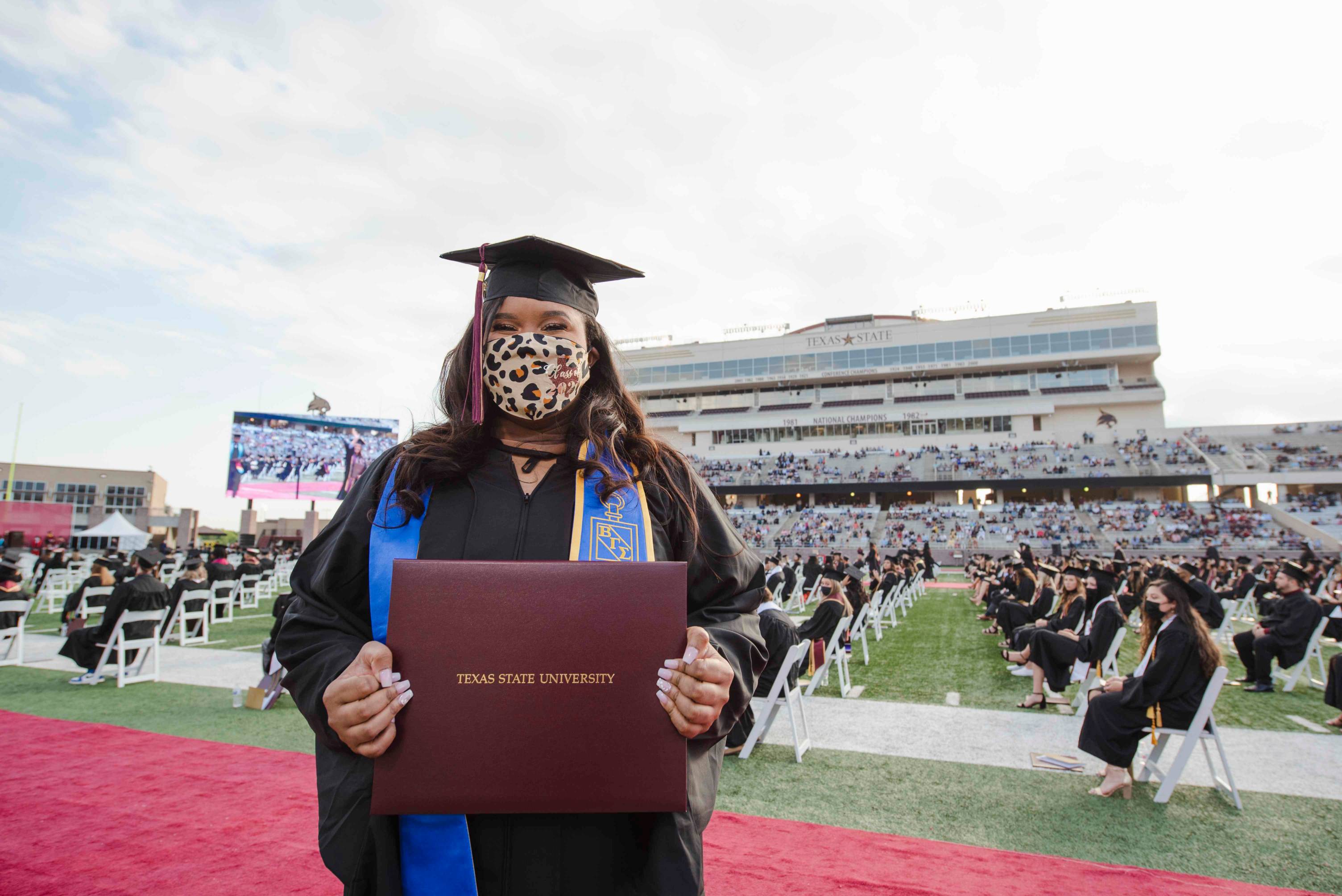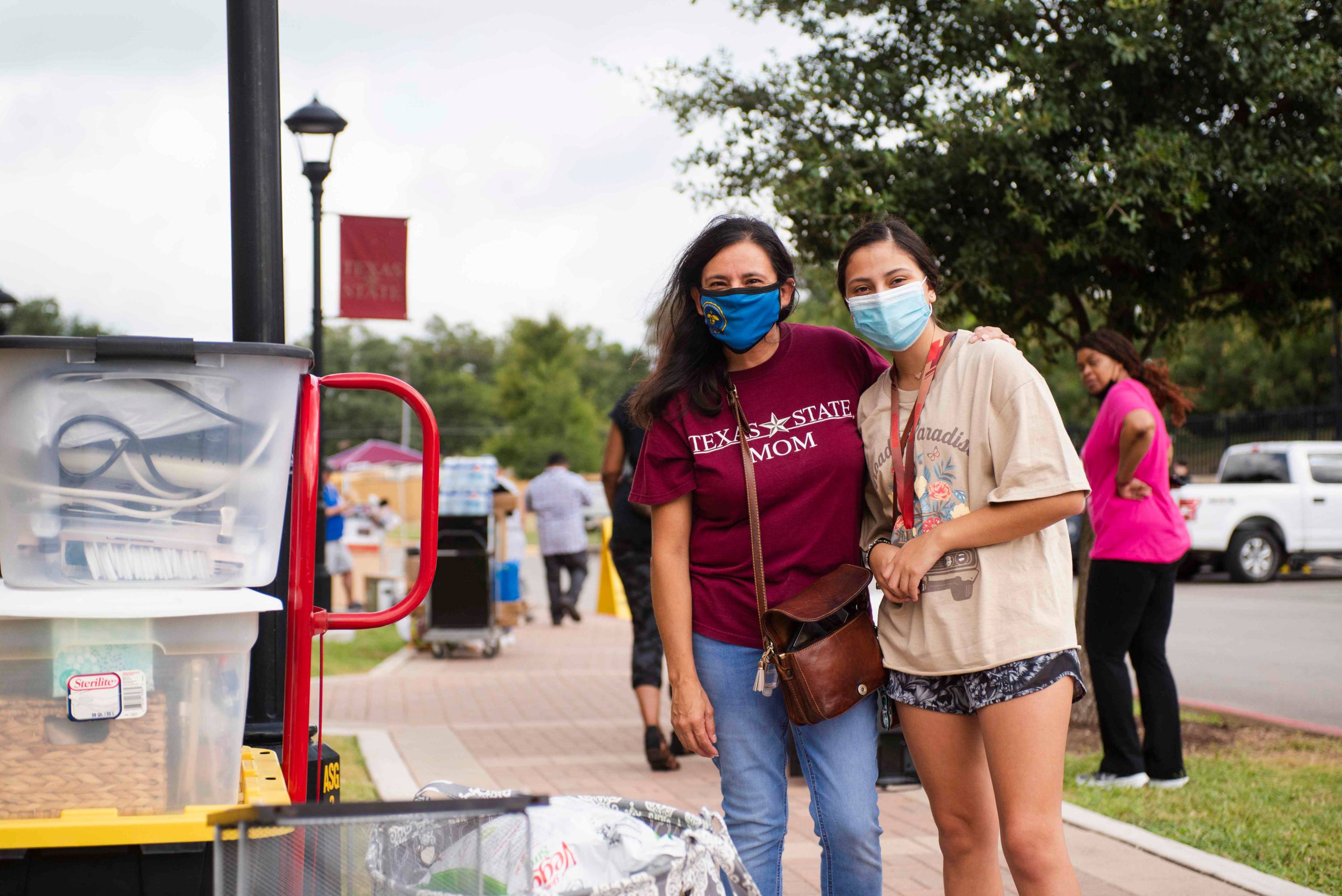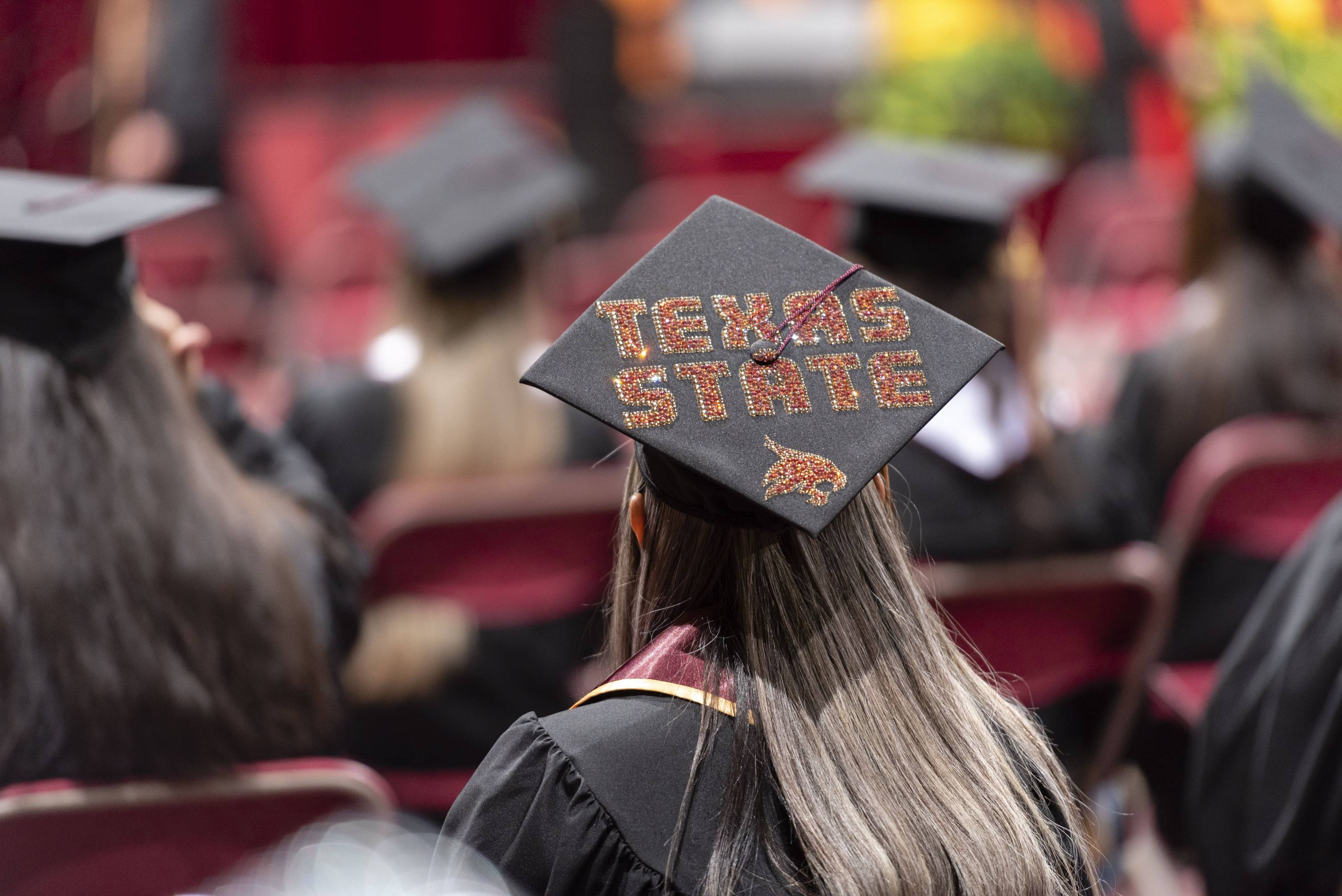The turn of the millennium marked a period of intense change and expansion for Texas State University. From its humble beginnings in 1899 to its evolution as a research institution under the Carnegie Foundation’s respected classification system in the 2010s, Texas State’s continual commitment to meeting the changing needs of its students, staff, faculty, and the broader community meant a renewed focus on advancing research, enhancing academic programs, and working diligently to foster a welcoming campus environment.
As we delve into the latest historical era of Texas State University, we bear witness to the construction of state-of-the-art facilities, the launching of groundbreaking research initiatives and projects, the emergence of pioneering leaders, record-breaking semesters, and the solidification of the university as one of the largest and leading institutions of higher education in Texas.
Boundaries have been pushed. Change has been embraced. And the legacy of tomorrow grows stronger with each passing year.

